What Is the Only Vegetable That Is Also a Flower? Discover the Answer Here!
When you think about vegetables, you might not immediately associate them with flowers. Yet, there are vegetables that are also flowers, making them unique and interesting additions to your diet and garden. Broccoli is a prime example of a vegetable that is also a flower. The part we commonly eat is actually made up of tiny flower buds.
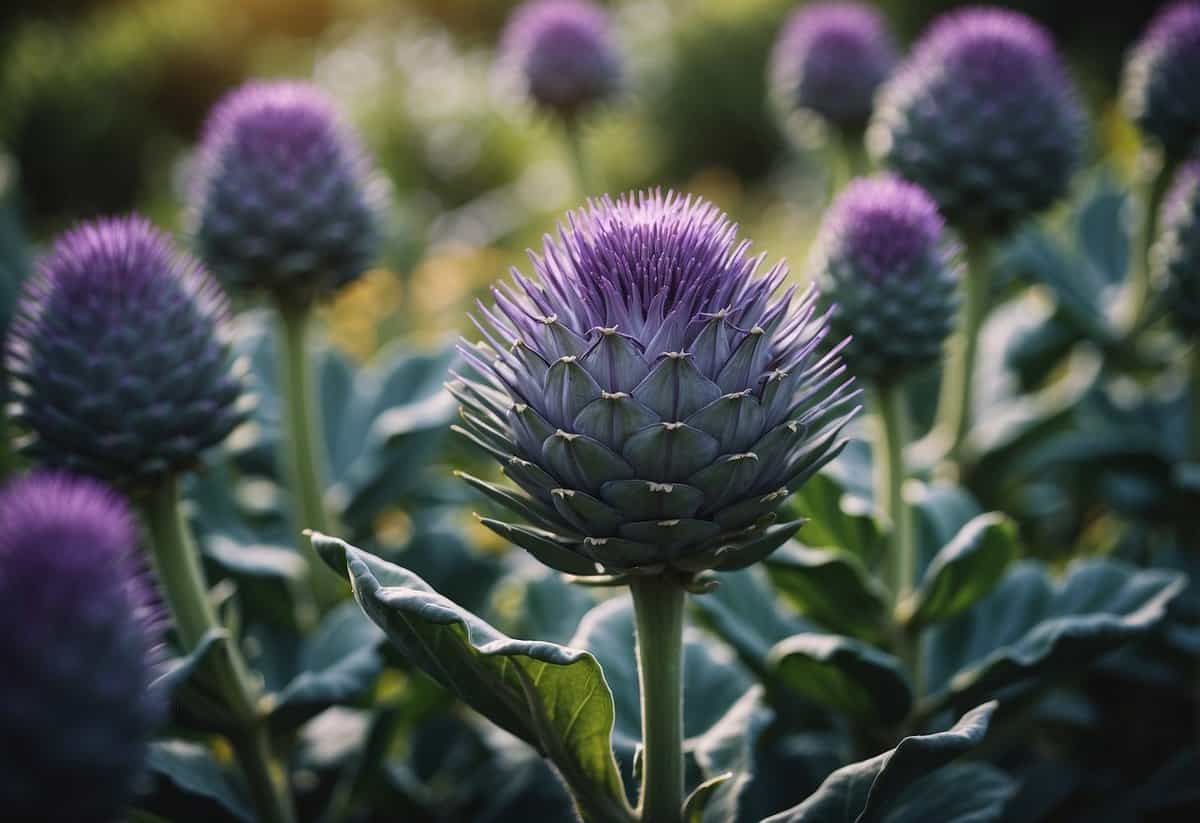
Another well-known vegetable that fits this description is cauliflower. Just like broccoli, the part you eat is a cluster of flower buds. These kinds of vegetables not only offer nutritional benefits but also add aesthetic value to gardens, attracting bees and butterflies.
Besides broccoli and cauliflower, there are also lesser-known flower vegetables such as Romanesco broccoli, a fascinating cultivar with a spiral pattern. Adding these flowering vegetables to your meals can make your dishes both visually appealing and nutritious. Want to learn more about the beauty and benefits of these vegetables? Keep reading to discover how you can incorporate them into your garden and cuisine!
The Flowering Vegetable: An Overview
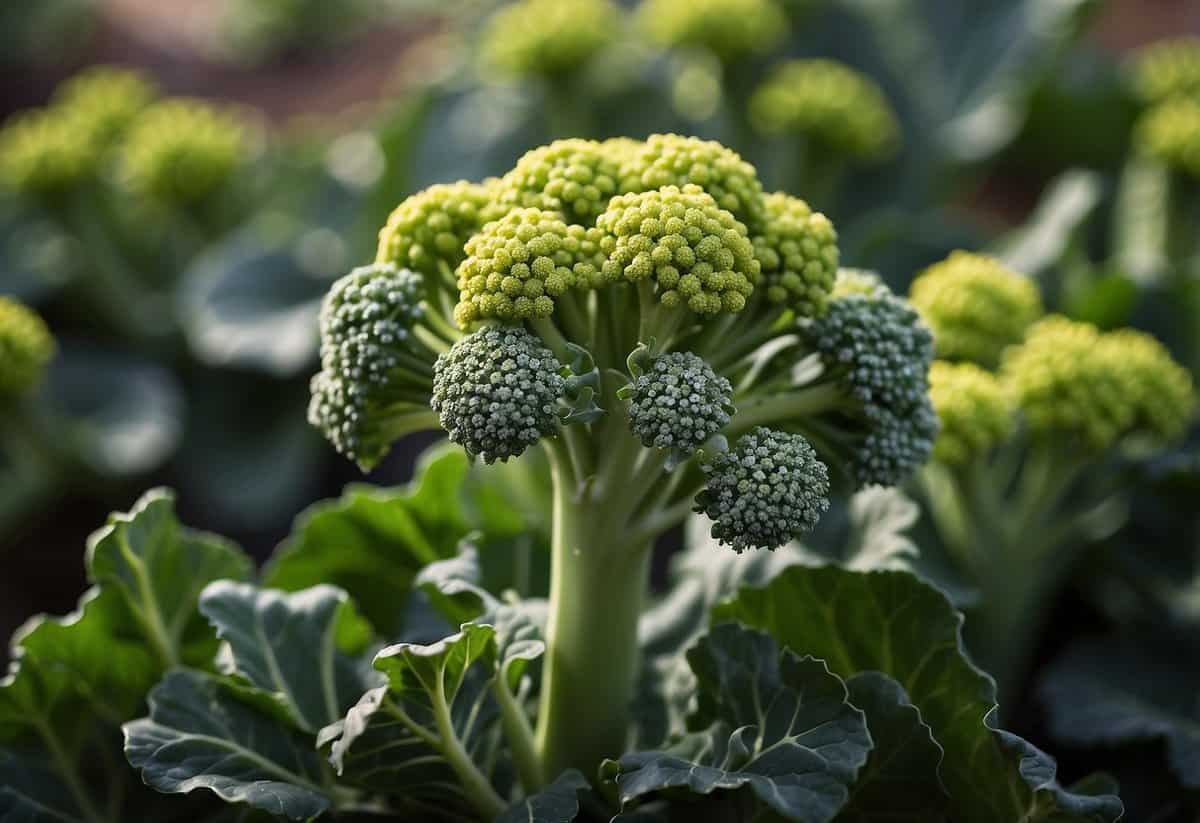
When you think of vegetables, you might picture green leaves, stems, or roots. But did you know that some vegetables are also flowers? These are known as flower vegetables and they bring both beauty and taste to your garden.
One popular example is the artichoke. This plant produces large, thistle-like flowers. The part you eat is actually the flower bud, picked before it blooms.
Broccoli is another interesting case. Those green clusters you see? They are actually flower buds. If left to grow, they would turn into small yellow flowers.
Cauliflower is similar to broccoli. It’s just a different type of flower bud. Both belong to the same plant family and offer unique flavors.
Here’s a list featuring these flowering vegetables:
| Vegetable | Flower Description |
|---|---|
| Broccoli | Green, tightly packed flower buds |
| Cauliflower | White, compact flower heads |
| Artichoke | Large, thistle-like buds |
Beans, such as pole beans and bush beans, also produce beautiful flowers. These can be white, pink, or purple and eventually turn into bean pods.
You can even use some of these flowers in your cooking. Squash blossoms are perfect for stuffing or frying, and nasturtiums add a peppery flavor to salads.
By including flowering vegetables in your garden, you’re not only growing food but also adding a splash of color and interest. So next time you’re planting, consider these dual-purpose plants!
Nutritional Benefits of Flower Vegetables
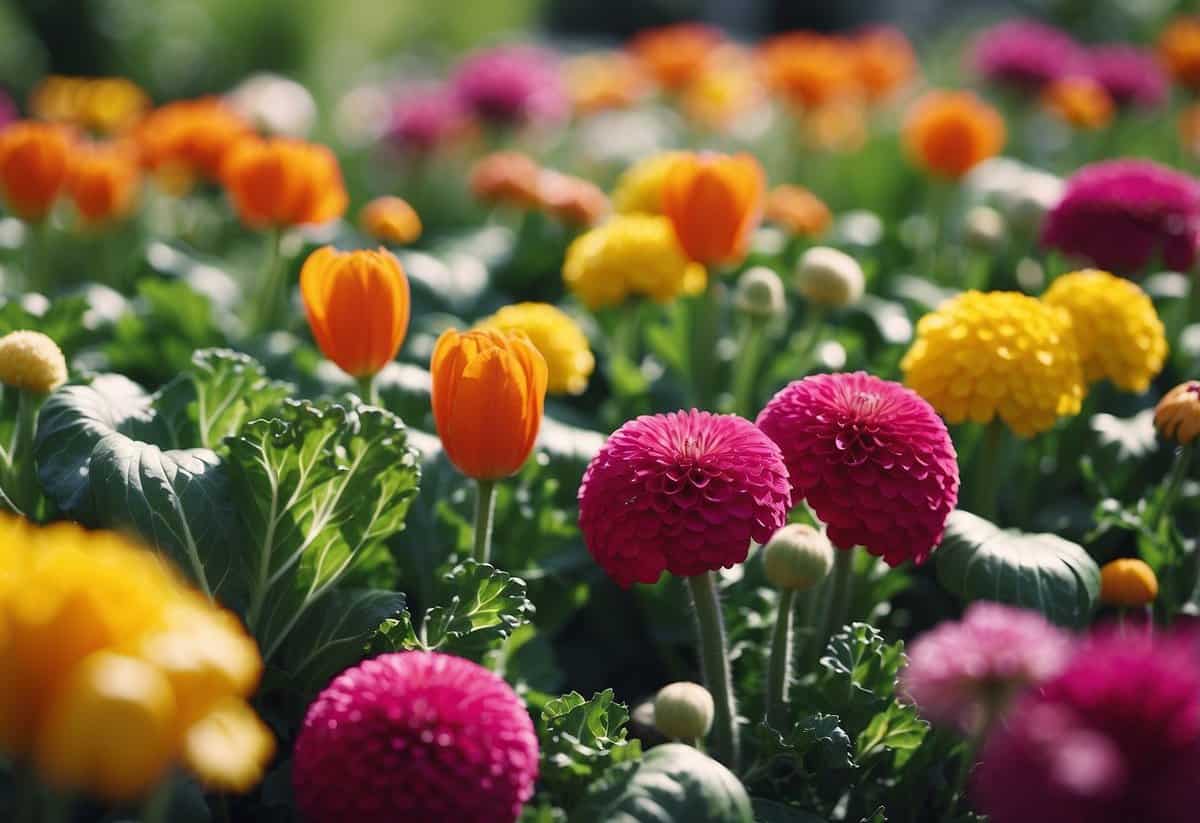
Flower vegetables like cauliflower and broccoli provide important nutrients that help keep you healthy. They are low in calories but rich in vitamins, minerals, and antioxidants.
Vitamins and Minerals in Bloom
Flower vegetables are excellent sources of vitamins and minerals. For instance, cauliflower offers high amounts of vitamin C, which is essential for your immune system. It also has folate, a B vitamin that aids in forming new red blood cells. Folate can help reduce the risk of certain health conditions.
These vegetables are loaded with antioxidants that protect your cells from damage. For example, cauliflower contains sulforaphane, a compound that may have cancer-fighting properties. Additionally, flower vegetables like broccoli and artichokes provide dietary fiber, aiding in digestion and maintaining healthy cholesterol levels.
Incorporating more of these nutrient-rich flower vegetables into your diet can help you meet your daily vitamin and mineral needs easily.
Gardening Tips for Growing Flower Vegetables

Flower vegetables not only add color to your garden but also offer unique flavors. To grow these beautiful edibles successfully, you’ll need to focus on proper planting techniques and consistent care.
Planting Your Edible Garden
Start by choosing the right flower vegetables, such as broccoli, cauliflower, and artichokes. These plants are known for their edible blooms. Select a sunny spot in your garden that gets at least 6 hours of sunlight daily.
Prepare the soil by mixing in compost or organic matter. This helps retain moisture and provides nutrients. Plant seeds or seedlings after the last frost date in your area. Make sure you space them properly to allow for full growth.
You can plant in rows or use raised beds. Raised beds improve drainage and soil quality. Water the soil thoroughly after planting to help seeds germinate. Keep the soil consistently moist, but avoid waterlogging it.
Caring for Blooming Edibles
Maintain your flower vegetables by watering them regularly, especially during dry spells. Use a mulch layer around the plants to conserve moisture and reduce weeds. Organic mulch like straw or wood chips works well.
Fertilize your plants every few weeks with a balanced fertilizer. This encourages strong growth and abundant blooms. Watch for pests like aphids and caterpillars. These can damage your plants, so remove them by hand or use natural pest control methods.
Encourage bees and other pollinators to visit your garden. Plant nearby flowers like lavender or marigolds to attract them. This enhances pollination and boosts your vegetable yield.
Finally, monitor for any signs of disease. Remove affected leaves or plants promptly to prevent the spread. With proper care, your flower vegetables will thrive and provide a beautiful, edible harvest.
Culinary Uses and Delightful Recipes
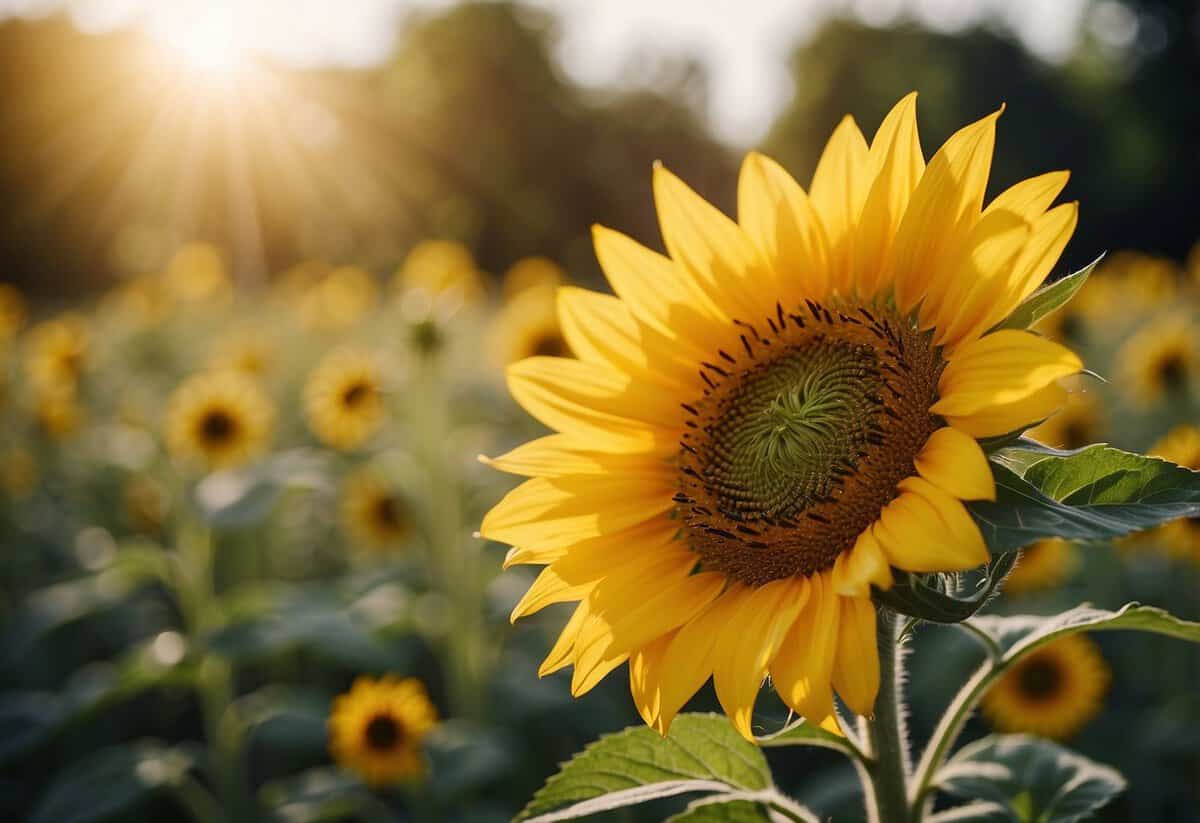
Edible flowers like zucchini blossoms can be used in many tasty dishes. They add color, flavor, and a touch of elegance to any meal. Here are some ways you can include them in your cooking.
From Garden to Table
Freshly picked zucchini flowers are a treat. They can be stuffed with cheese or rice for a delicious appetizer. These flowers are also fantastic when topped on pizzas or mixed into salads.
Ingredients
| Item | Quantity |
|---|---|
| Zucchini Flowers | 10 |
| Ricotta Cheese | 1 cup |
| Fresh Herbs | 2 tablespoons |
| Salt and Pepper | To taste |
Recipe – Stuffed Zucchini Flowers
- Mix ricotta cheese with fresh herbs, salt, and pepper.
- Carefully stuff each flower with the cheese mixture.
- Lightly fry in olive oil until golden.
Cooking with Color and Flavor
You can brighten up your meals with the vibrant petals of zucchini flowers. They have a mild flavor that pairs well with many foods. Try adding them to a pasta dish, an omelet, or even a soup.
Salad Ideas
Make your salads more exciting by adding zucchini blossoms. They’re not only beautiful but also add a unique taste.
Cooking Tips
- Pasta Dish: Toss petals with your favorite pasta and a drizzle of olive oil.
- Soup: Stir blossoms into a vegetable soup right before serving for a fresh touch.
- Omelet: Fold chopped flowers into an omelet for a colorful breakfast.
You can even make tea with the petals for a soothing drink. The flowers’ subtle flavors make for a refreshing infusion. Enjoy exploring these delightful and colorful culinary options!
Diverse Varieties of Flower Vegetables
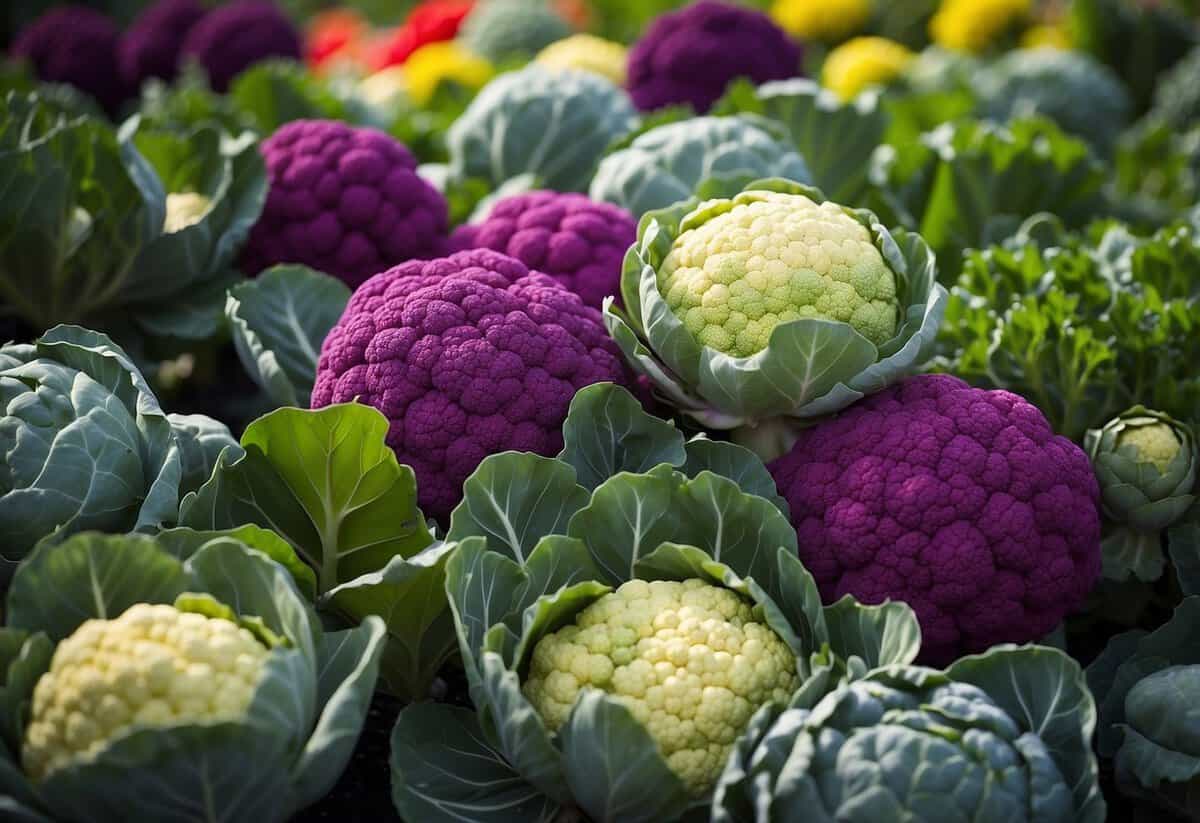
You might be surprised to learn about the wide range of flowers that you can eat. Some add a splash of color and unique flavors to your meals.
Beyond the Common Choices
Squash Blossoms: Squash blossoms are bright yellow or orange, offering a mild flavor. These flowers are often stuffed with cheeses or herbs and then fried.
Chive Blossoms: Chive blossoms have small, purple pompom-like flowers with a mild onion taste. You can add them to salads for a pop of color and subtle flavor.
Nasturtium: Nasturtium flowers are vibrant and come in shades of red, orange, and yellow. They have a slightly peppery taste and work well in salads.
Dandelion: Dandelion flowers are often overlooked as weeds, but they are edible. The yellow petals can be used to make wine or added to salads.
Lotus: Lotus flowers are more commonly found in Asian cuisine. The petals can be eaten fresh or used as garnishes.
Marigold: Marigold flowers, especially the calendula variety, have a slightly tangy and peppery flavor. They add a bright touch to dishes.
Borage: Borage flowers are blue and star-shaped with a cucumber-like taste. They are often used in drinks or as edible decorations for desserts.







